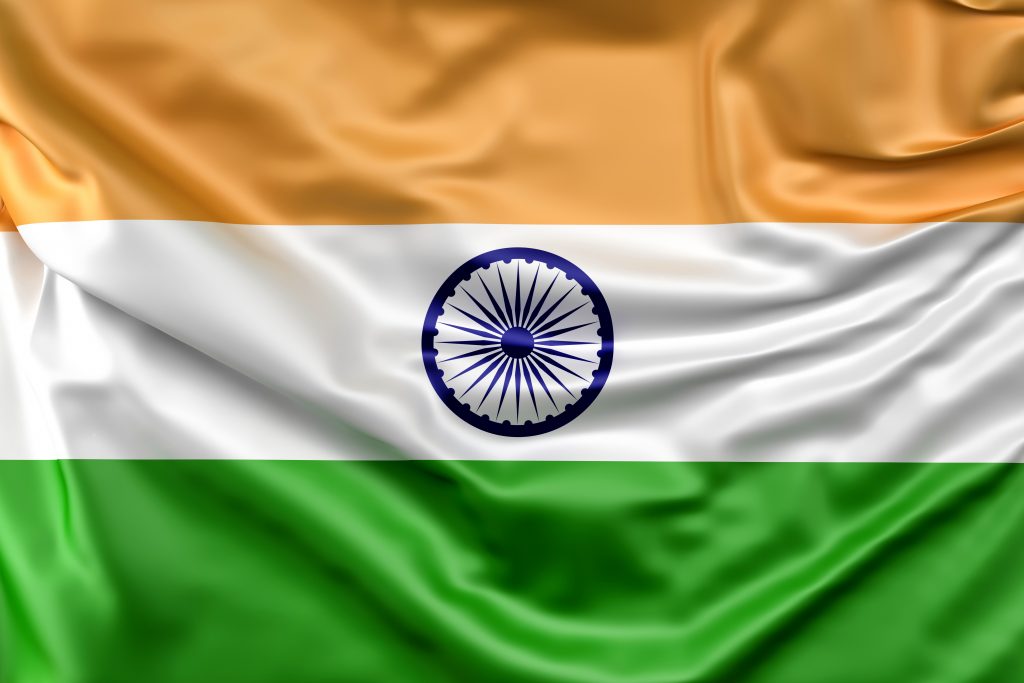India Trade Pact

India on 2nd April 2022 signed a historic free trade agreement with Australia that will make Australian exports and imports to India cheaper which will create huge new opportunities for workers and businesses.
In 2020, India was Australia’s seventh-largest trading partner, with two-way trade valued at $24.3 billion, and the sixth-largest goods and services export market, valued at $16.9 billion. The free trade agreement between Australia and India would benefit both countries.
“Annual bilateral trade is expected to almost double from $27.5 billion in 2021 to about $45 billion or $50 billion in the next five years.”
Australia will offer zero-duty access to India for about 96.4 percent of exports (by value) from day one. The free trade agreement will cover many products which currently attract 4-5 percent customs duty in Australia. Labor-intensive sectors which would gain immensely include textiles and apparel, few agricultural and fish products, leather, footwear, furniture, sports goods, jewelry, machinery, electrical goods, and railway wagons.
Are you an Australian company looking to enter or expand in India? Contact Us.
Australian companies that are looking to do business in India should have a very clear idea of the goal they want to achieve in the Indian region. To properly reap the benefits of the free trade agreement, you should always engage a consultant who can better help you with the entry or expansion in the Indian market.
Trade Pact Benefits for India – Sector Wise
- Pharmaceuticals: Fast track approval for patented, generic, and biosimilar medicines using the Comparable
Overseas Regulator pathway, and fast track quality assessment/inspections of manufacturing facilities. - Textiles: 70% textile products and 90% apparel products attract 5% duty in Australia. This tariff will be
eliminated, and India’s exports of textiles and apparel are expected to go up from US$ 392 million to US$ 1100 million in the next 3 years. - Engineering Products: Elimination of 5% customs tariff in Australia on Export of Iron and steel products, scientific
and medical instruments, parts, transport equipment, and non-electrical and electrical machinery. - Gems and Jewellery: Elimination of current 5%custom duty on Jewellery items in Australia.
- Leather & Footwear: Around 94% of India’s exports of leather products to Australia attract a duty of 5%. With to reach US$ 100 million in the next 2 years.
Trade Pact Benefits for Australia – Sector wise
Australia will benefit a great deal from India’s enormous market size of more than one and a half billion. The free trade
agreement is great news for lobster fishers in Tasmania, wine producers in South Australia, macadamia farmers in Queensland, critical minerals miners in Western Australia, lamb farmers from New South Wales, and wool producers from
Victoria, and metallic ore producers from the Northern Territory.
Preferential tariffs for Australian goods exports to India
- Sheep Meat – Elimination of tariffs on entry into force (EIF).
- Wool – Elimination of tariffs on EIF.
- Seafood – Elimination of tariffs on entry into force for fresh rock lobster and elimination of tariffs over 7 years for other fresh, frozen, and processed seafood products.
- Infant formula – Elimination of tariffs over 7 years.
- Barley, oats, and lentils – Locked-in duty-free entry for barley and oats and immediate 50% reduction for in-quota exports of lentils.
- Nuts – Elimination of tariffs over 7 years on cashews, macadamias, shelled pistachios, and
hazelnuts. For almonds, immediate 50% tariff reduction on in-quota exports. - Fruit and vegetables – Elimination of tariffs over 7 years for avocados, onions, cherries, and berries.
Reduction of tariffs over 7 years for apricots and strawberries. For oranges, mandarins, and pears, immediate 50% tariff reduction for in-quota exports. - Wine – Tariff reductions over 10 years for bottles over import prices of US$5 and US$15 and guaranteed best market access by India in any future FTA.
- Resources – Elimination of tariffs on entry into force for coal, alumina, metallic ores such as copper, manganese and zirconium, titanium dioxide, and certain non-ferrous metals.
The two sides hope to conclude negotiations on a broader, comprehensive economic cooperation agreement by the end of this year.
If you are an Australian company looking to avail the benefits of this ambitious trade pact but are not sure whom to approach, you can consult a partner like Maier Vidorno Altios who can help your business to enter or expand in India.
Maier Vidorno Altios provides a full range of professional services including global growth strategy, partner search,
and venture validation, local sales and business development, accounting, payroll and tax services, and HR solutions including recruitment, outsourced employment, and HR advisory services, cross-border acquisition, and site location.
/ Thomas Breitinger, VP Development, Germany Cologne, email: t.breitinger@mv-altios.de
Source : DFAT Australian Government
ALTIOS Australia: your trusted advisor in navigating India's complex mining sector

February 2024
With a team of 270+ India-based experts, ALTIOS International stands as a trusted advisor who can help you navigate India’s burgeoning mining sector and reap the many benefits of.
India boasts the production of nearly 95 minerals across fuel, metallic, non-metallic, and minor categories and holds a significant position in the global mining landscape. This, coupled with the recently established Free Trade Agreement between India and Australia paves the way for a host of opportunities.
ALTIOS Australia has been a proud member of Austmine for 5 years, – Australia’s leading association in the global mining industry.
Most recently, ALTIOS was privileged to take part in Austmine’s first training program of the year 2024: “Australian METS India Growth Program”. This provided the most innovative businesses in the Australian METS sector with a detailed introduction to the Indian Mining Market and an overview of the key networks and events in the industry.
ALTIOS’s experts delivered insights on:
- Successful Market Entry Strategies for India
- How to do business in the Indian business environment (clue: it is not a single market)
- Step-by-step overview of the export plan essentials and the considerations in the Indian market
- Advice on how to refine a marketing and value proposition, and Pitch Preparation

”India’s markets are exciting and growing and we find more companies asking us how to best enter and succeed in India. Having helped 100s of companies from all types of industry including many machinery manufacturers for mining and associated industries, we know that preparation is key to success. Understanding your market potential and the best way for you to tap it can help you save a lot of time and money down the line” says our Head of Advisory in India Vipulansh Sharma. “One case study is the journey of Ammann in India: here is our MD interviewing their Director”
“The insights provided by ALTIOS have been critical to preparing our members for entry into the Indian market. This will no doubt lead to increased sales and business growth for the Australian METS sector, and will help participating companies manage the complexities and risks of operating in international markets.” Sheldon Varcoe, Manager – International Projects, Austmine.
Why India?
Want to learn more?
Contact our team for more information on market entry strategies and insights on conducting business in India and fostering networking opportunities.
/ Daniela TOUZE, Business Development Manager, Australia email: d.touze@altios.com
/ Vipulansh Sharma, Head of Advisory, India email: v.sharma@mv-altios.com


